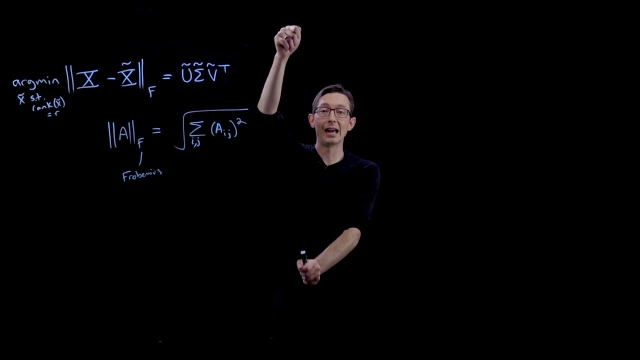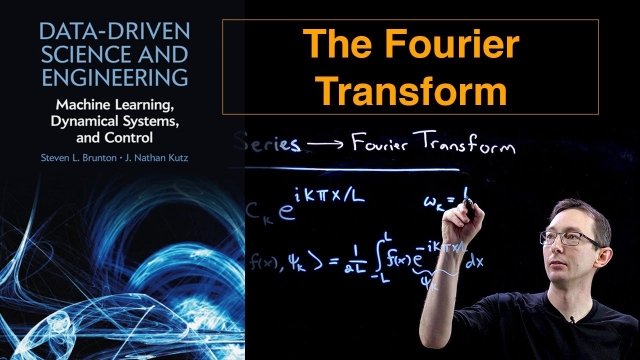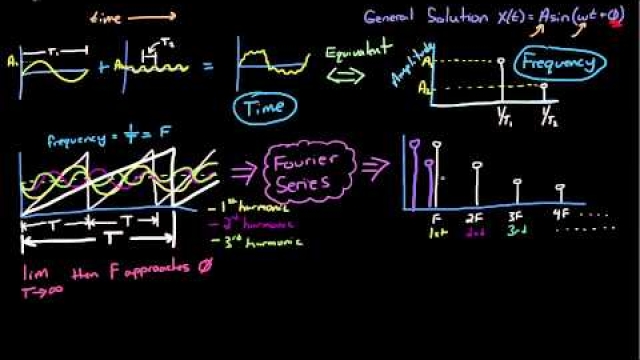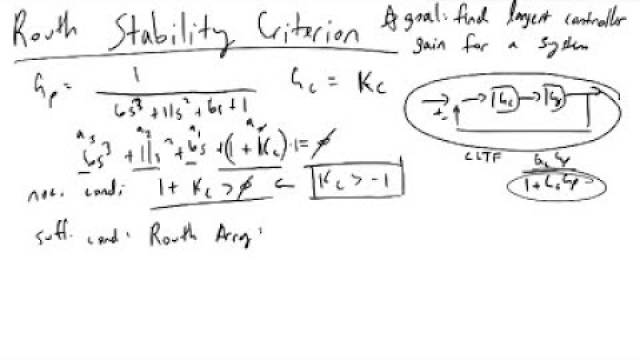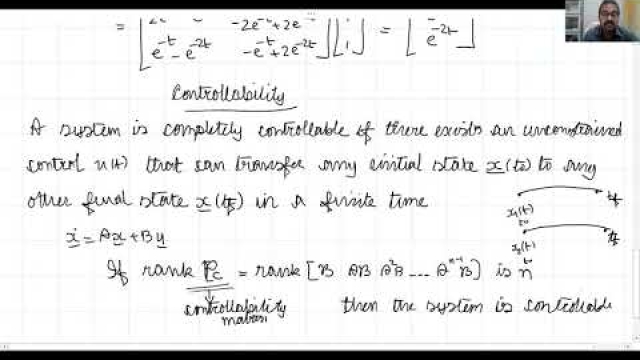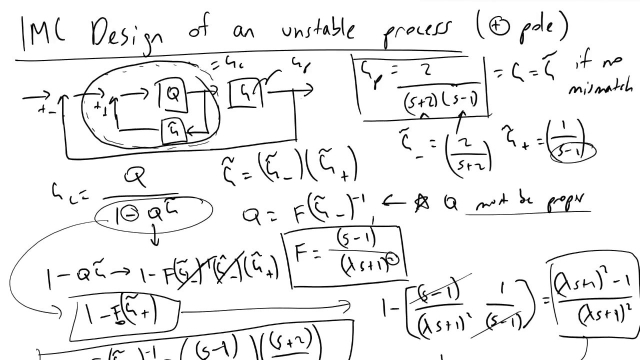
RL Course by David Silver - Lecture 4: Model-Free Prediction
An introduction to Monte-Carlo Learning and Temporal Difference Learning
See MoreBode Plot Gain and Phase Margin Determination
I'll show you how we can determine the Gain and Phase Margin from a Bode Plot (at some fixed controller gain).
See MoreLecture 32: Linearisation and State Space Fundamentals
PID Control - A brief introduction
In this video, I introduce the topic of PID control. This is a short introduction design to prepare you for the next few lectures where I will go through several examples of PID control....
See MoreThe Taylor Series
In this video we discuss the Taylor Series (and the closely related Maclaurin Series). These are two specific types of Power Series that allow you to approx...
See MoreBode Plots by Hand: Real Constants
This video describes the benefit of being able to approximate a Bode plot by hand and explains what a Bode plot looks like for a simple transfer function; a real constant.
See MoreExpressing Vectors in Different Frames Using Rotation Matrices
In this video we develop notation to express a vector in different reference/coordinate frames. We then investigate how to use rotation matrices to translate from a vector expressed in one...
See MoreRouth-Hurwitz Criterion, Special Cases
This video presents two special cases that you can encounter when filling out the Routh Array. The first case is when there is a zero in a row with at least one non-zero element following...
See MoreMounting and Configuring the IMU - dRehmFlight VTOL
This video will show you how to verify proper operation of the IMU for dRehmFlight VTOL before your first flight. It will also show you how to correctly mount the IMU to your aircraft. The...
See MoreUnderstanding and Sketching the Root Locus
In this video we discuss how to sketch the root locus for a system by developing a series of 5 core rules augmented by 5 supplemental rules (for a total of 1...
See MoreSimulating the Lorenz System in Matlab
This video shows how simple it is to simulate dynamical systems, such as the Lorenz system, in Matlab, using ode45.
See MoreDynamic Mode Decomposition (Code)
In this video, we code up the dynamic mode decomposition (DMD) in Matlab and use it to analyze the fluid flow past a circular cylinder at low Reynolds number.
See MoreSVD and Optimal Truncation
This video describes how to truncate the singular value decomposition (SVD) for matrix approximation.
See MoreDerivation of the 2D Wave Equation
In this video we derive the 2D wave equation. This partial differential equation governs the motion of waves in a plane and is applicable for thin vibrating...
See MorePeter Ponders PID - Cascade Control Part1
I cover whether cascade control is necessary. Why there needs to be a feed back for every loop. How to calculate gains. Bode plots and ratio of the inner t...
See MoreDenoising Data with FFT [Matlab]
This video describes how to clean data with the Fast Fourier Transform (FFT) in Matlab.
See MoreThe Frobenius Norm for Matrices
This video describes the Frobenius norm for matrices as related to the singular value decomposition (SVD).
See MoreFrequency domain – tutorial 6: Fourier transform tables
In this video, we learn about Fourier transform tables which enable us to quickly travel from time to the frequency domain. The main learning objective is to...
See MoreThe Fourier Transform
This video will discuss the Fourier Transform, which is one of the most important coordinate transformations in all of science and engineering.
See MoreControl Systems Lectures - Time and Frequency Domain
This lecture introduces the time and frequency domains. A very quick description of the Laplace Transform is given which will be the base of many of classical control lectures in the future...
See MoreCourse Introduction (Signal Processing 101)
Learn Signal Processing 101 in 31 lectures covering time, frequency and Laplace domain in about 8 hours all together:https://www.youtube.com/watch?v=KZd68xga...
See MoreRouth Stability Criterion Intro and Example
I introduce and walk through an example problem of how we can use the Routh Stability Criterion to rigorously determine the necessary and sufficient conditio...
See MoreLecture 31: Time response, Controllability and Observability
Stanford CS234: Reinforcement Learning | Winter 2019 | Lecture 13 - Fast Rei...
Professor Emma Brunskill
Assistant Professor, Computer Science
Stanford AI for Human Impact Lab
Stanford Artificial Intelligence Lab
Statistical Machine Learning Group
IMC Design of an Unstable Process Example
In this video, I cover how we can use IMC method to rigorously design a controller for an inherently unstable process (has a positive pole).
See More
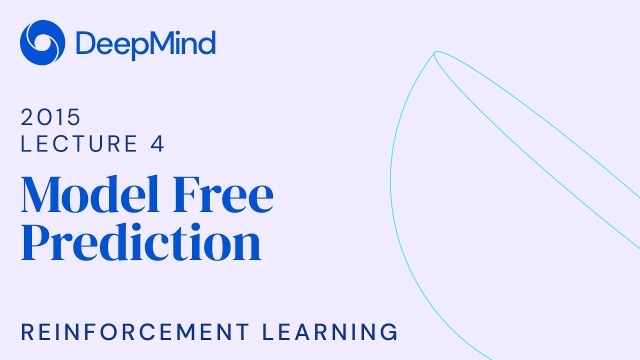


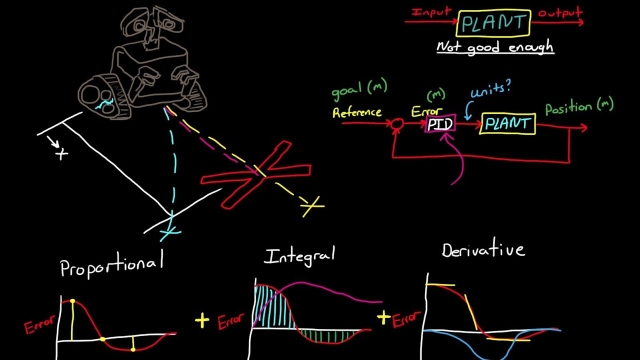
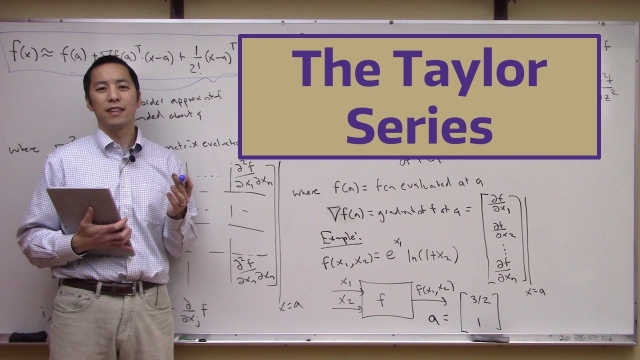

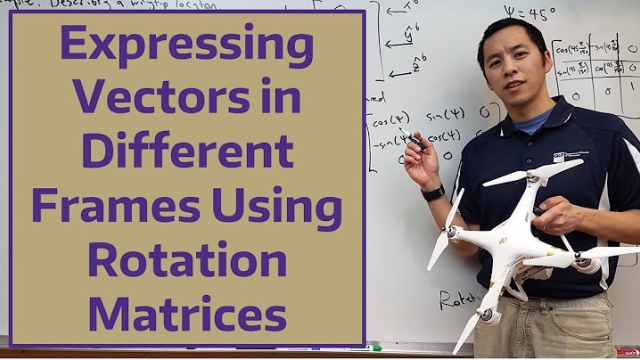
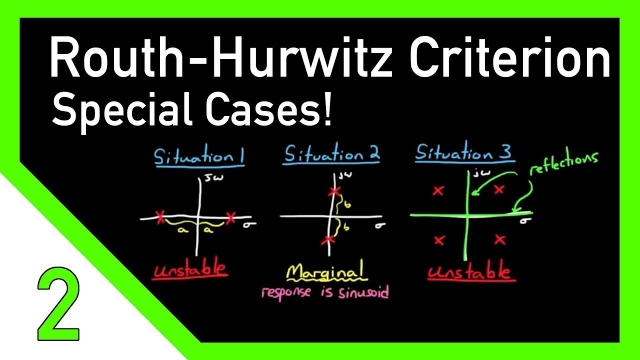
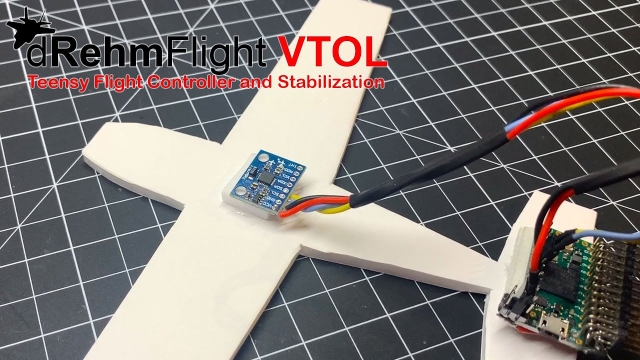

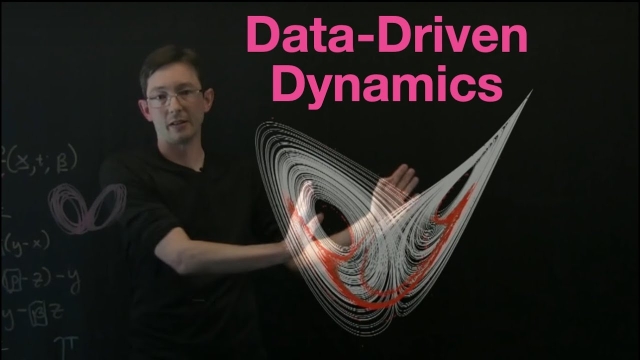
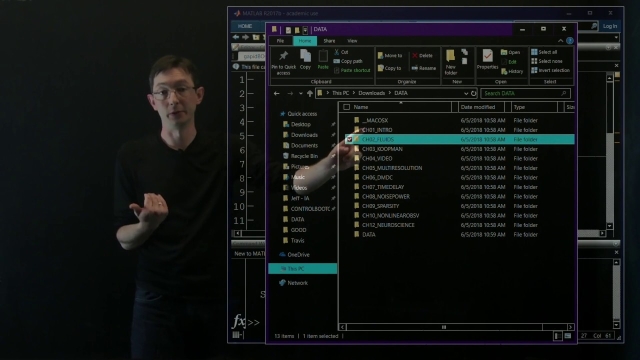

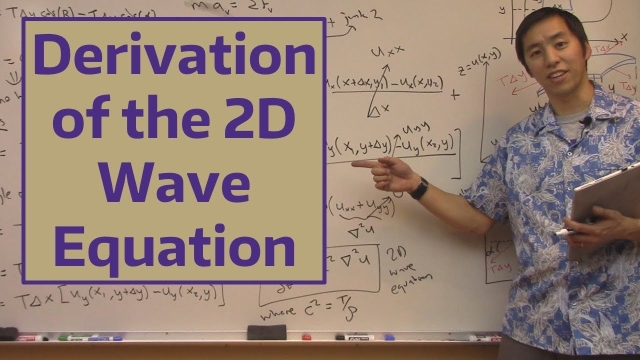
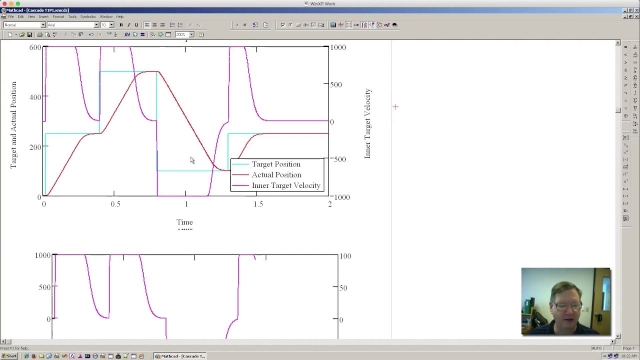
![Denoising Data with FFT [Matlab] Denoising Data with FFT [Matlab]](/sites/default/files/styles/search_resulkts/public/2020-12/maxresdefault_358.jpg?itok=BSMOuW9N)
